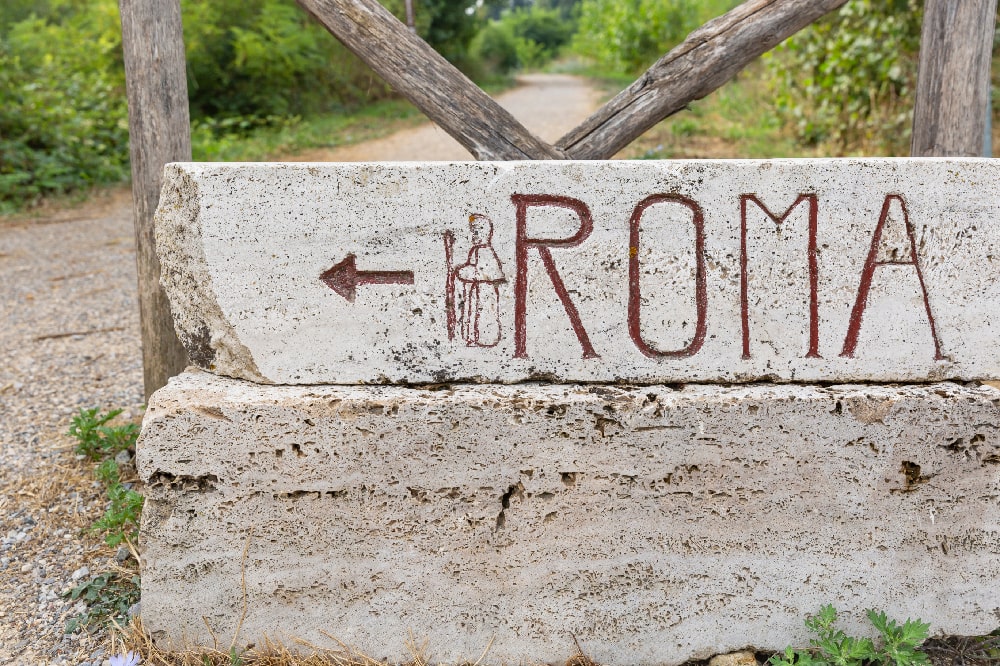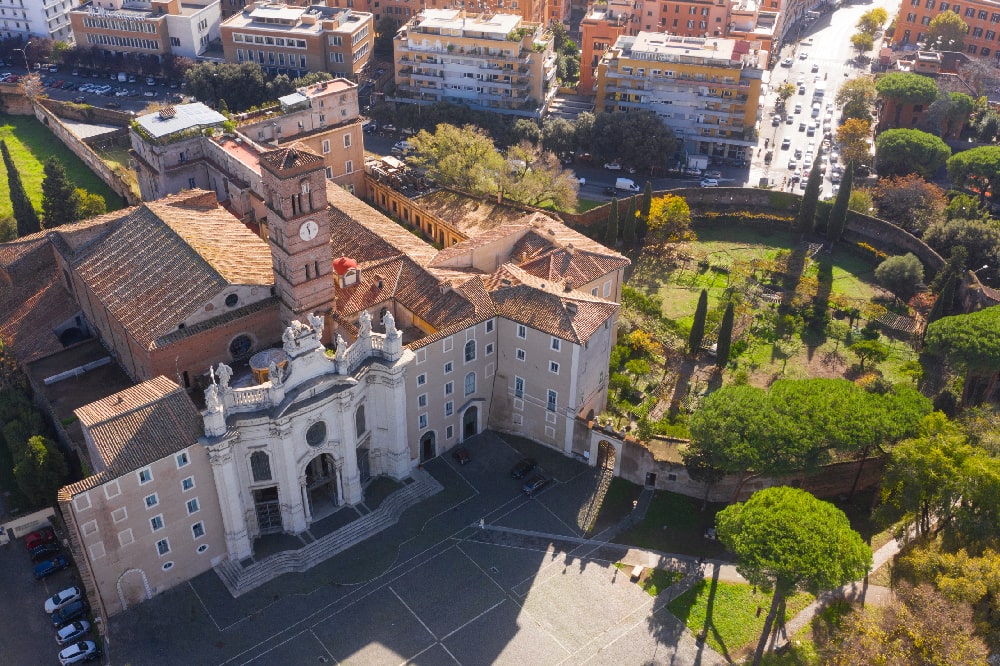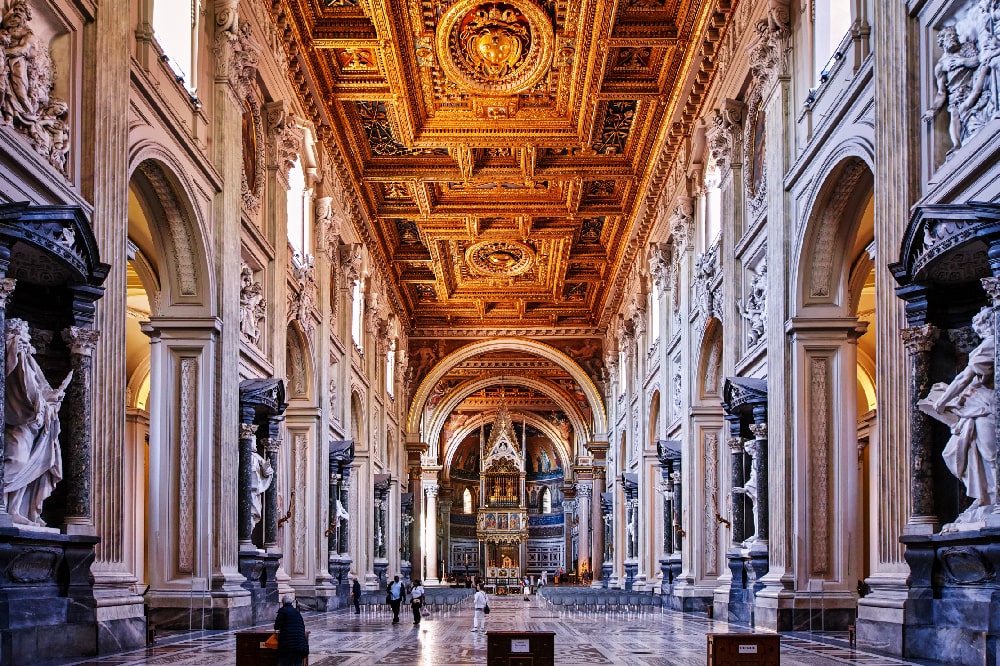Contents
Crucifixes, sacred pictures, icons, statues. Objects we keep in our homes to remind us we live in the grace of Baptism and in the love of God at any time.
A crucifix, a religious picture, an icon of the Holy Family, a statue of the Virgin Mary. Sacred objects that we can find in any home, even in those where non-practicing families live. That’s because sacred images, statues of Jesus, Mary or a Saint, have always been present in the history of humankind and of each family, sign of real faith and belonging to God.
Sometimes we don’t even know where they came from, maybe from an old aunt or grandmother, in dusty basements or forgotten attics. More often we see them hanging on walls or in a special place in our living room, hall, or on a chest of drawers in our bedroom. Sacred objects belong to our lives, to our families’ lives, and remind us always that we are living in a Christian home and people living in it are baptized and live in the love of God.
But there is more to that. We all know that sacred objects, especially the blessed ones, are feared by the devil, and are one of the most powerful weapons men have to fight and defeat it with real faith. Therefore, a home with crucifixes, icons, sacred pictures or statues of the Virgin Mary will be protected from evil and will guard those living in it like a fortress.

In a previous article, we talked about blessings and sacramentals. They are sacred signs the Church established to gain mostly spiritual effects. That is, through sacramentals men can receive the main effect of sacraments in any moment of their life. Their use is often tied to a prayer or to a gesture, such as the sign of the hand, the sign of the cross, the sprinkling of holy water. Among sacramentals, we can include blessings, exorcisms, many types of popular devotion such as the various types of mercy, the adoration of relics, visits to shrines, pilgrimages, processions, the ‘via crucis’, religious dances, the Rosary, medals, etc.
Under that point of view, we can also consider sacred objects, or some of them, as sacramentals, since their action extends the effect of Baptism and other sacraments to some extent, bringing them back into our lives and homes in every moment.
Of course, all the power of sacred objects lies in what they symbolize, but it means nothing if it is not supported by the faith of those who live there. If it were not so, they would only be an excuse to abandon ourselves to superstition. Our life, lived according to faith and charity, makes sacred objects in our homes effective. Our good actions, the Christian and merciful attitude we have when relating to others, create some kind of good energy field, which amplifies and catalyzes with sacred objects. It is always the same old story: we must not live expecting other people to do our jobs, or that a magic formula recited the right number of times and with the appropriate intonation solve all of our trouble. God looks at us first, at our hearts and actions, and it’s in those things that He looks for a real intention of faith.
Nevertheless, sacred objects are useful reminders, in every moment they remind us that someone looks upon us, loves us and protects us, that someone being an endlessly good, patient and merciful Father.
We listed different types of sacred Christian objects that we can keep in our homes, from the wall crucifix to religious icons, from statues of the Virgin of Fatima to the statues of sleeping Saint Joseph, so dear to our beloved Pope.
Let’s examine some of them in detail, some that cannot miss in our homes.
Crucifix

The crucifix can also be considered as a sacramental; actually, it is maybe the most powerful among them. The crucifix is the symbol of the love that God feels towards us all, that love that the sacrifice of Jesus on the cross consecrated, made evident and tangible, in the most painful and highest of ways. Exactly its being a strong symbol of love makes it a lethal weapon against evil, and the most powerful deterrent against spiritual enemies and negative energies. We should keep a wall or a table crucifix in every room, to never stop meditating on Christ and his sacrifice, especially when things are going bad and bad thoughts or temptations torment us. Today we can find crucifixes of any material and style on sale, which can therefore be suitable for any kind of interior design, become part of the ambien, and even make it more elegant and pleasant. Besides the classic table or wall crucifixes in wood or metal, we can find ceramic, clay, china, glass and plexiglas crucifixes. Styles range from classic, imitating the big ones we can see in churches, to real design objects with modern and stylized lines, made of translucent materials or silver, which can become refined furnishings. In particular, a modern wall crucifix can have multiple uses. Some are equipped with candleholders to become original candlesticks, while others are real design lamps, with innovative lines and a great visual impact.
A classic that is in many homes is the Crucifix of St. Damian. We talked about it in a previous article as one of the most famous sacred images in the world. The original crucifix of St. Damian is the one in front of which St. Francis was praying when he received the call from the Lord to renew His Church. It is stored in Assisi, place of pilgrimage for thousands of devotees from all over the world. The Crucifix of St. Damian is an example of the so-called triumphant Christ on the cross, born in the Eastern Church and very popular in Byzantine icons. Jesus is nailed to the cross, but does not look suffering. He’s not living agony, but the triumph of a King on a throne. The whole crucifix is full of characters and symbols, each one of them is placed in a meaningful way and has a fundamental role in the story that the object tells. An object permeated with spirituality, solemnity and a breath of strong faith.
The crucifix of St. Damian was reproduced countless times, and is available in various versions: for tables, to hang, or even to wear on our neck. It is mostly made of wood, material used for the original one, but there are also other variants in different materials, such as metal, ceramic, or even tapestry, with a refined Jacquard weaving and lined in satin.
A religious picture

Even a picture with a religious subject can be a sacred object we can show in our homes. Subjects can be many, from reproductions of famous scared art history works to completely original images. Traditional subjects are the Holy Family, the Virgin Mary, the Cherubs, but sometimes even Christ’s face, the Last Supper or the Annunciation. Besides traditional pictures, duplicates or prints, low relief silver religious pictures are very popular in homes, in various shapes and sizes. Usually the base of these pictures is a piece of wood with a sheet of embossed silver applied on it, sometimes enriched by golden details. Silver pictures are one type of modern religious picture. They usually have a support so that they can be placed on a piece of furniture, but they can also be hanged to the wall or placed as headboards.
A sacred icon
![]()
Sacred icons are objects that have always brought all the spirit and mystery of a great religious tradition in every home. Sacred icons can be of various types, depending on the origin. For example, Romanian sacred icons come from the ancient Byzantine tradition and interpret the sacred representation in a more Western way than many other forms of art of the same kind. Russian icons were immediately recognized as cultural heritage not only for Russia, but also for the whole humankind, when they were showed to the world at the beginning of the 20th century during an exhibition in Paris. Ancient Russian icons express the real face of medieval religion, free from all frills and structures that accumulated with time and with the succession of the many world artistic waves. The symbolic and devotional meaning they are filled with has no equal.
An alternative can be Greek icons, handmade by artisans that draw inspiration from the ancient and strict rules of Byzantine art.
Byzantine icons on sale on Holyart are of Russian, Romanian, Greek and Polish origins, all of them authentic and carrying a certificate of warranty and origin. Holyart sacred icons are entirely handmade and tempera painted. That makes each icon unique. They often have warm and intense colors, and are enriched with small decorations in gold leaf.
The most recurrent subjects are the Virgin Mary, depicted as a mother of tenderness and love or during the Annunciation, and Jesus as a Good Shepherd and protector, but most of all the Holy Family.
Besides the icons coming from the Byzantine tradition, there are also modern and screen-printed icons.
Sacred icons are available in various models: they can be hanged, exposed on an easel, cross-shaped, printed on stone, wood or boxes, and even on typical Russian painted eggs.
A statue of the Virgin Mary

There are many versions of statues of the Virgin Mary we can show in our home. It is always Jesus’ Mother, but depending on the main features of Mary, we could divide the statues of the Virgin into:
- statue of Our Lady of Lourdes
- statue of Our Lady of Medjugorje
- statue of Our Lady of Fatima
Each one of them has the physical features that were given to the Virgin during the apparitions.
- Our Lady of Lourdes (or Our Lady of the Rosary) is the name the Catholic Church uses to adore Mary the way she appeared in Lourdes to Bernadette Soubirous in 1858. The statues representing Our Lady of Lourdes follow the description left by the young maid after her miraculous encounter: “The Lady looked like a young woman about sixteen or seventeen years old. She was dressed in white, with a blue sash falling along her dress, and on her head, she had a white veil that almost covered all of her hair, falling back to the height of her sash. On her arm, she had a big rosary with white beads, tied with a golden chain, while on her feet there were two shiny roses, both bright gold.
- The Queen of peace of Medjugorje, or Our Lady of Medjugorje, appeared to six seers in 1981; she is represented as: “a gorgeous girl, about twenty years old, wearing a long dress and a light veil on her head; her eyes are blue, her hair is black and slightly waved; her face is oval and has pink lips and cheekbones. She smiles with endless sweetness, and is so beautiful that no words can describe her. Her feet are covered by the dress and the cloud she floats on, while she has a crown on her head, symbol of triumph and regality, made of twelve stars, as twelve were the tribes of Israel, the Apostles, and the privileges of the Virgin Mary.”
- Our Lady of Fatima (Nossa Senhora de Fátima) is represented as the three shepherds described her when they saw her in various occasions in 1917: “she had a white cape going from her head until the end of her skirt, it was golden from the waist down and chains crossed it. Her skirt was all white and golden for the chains, which fell from her head in an oblique way, but the skirt was knee-length; she wore a white jacket and she had two or three necklaces in her hands. She had no shoes, but white socks. She wore a golden necklace on her neck, with a medal on her chest. Her hands were joined, and she had very small buttons on her ears. She had black hair, and was average height“.
The Sleeping Saint Joseph

We wrote much about the statue of the sleeping Saint Joseph, “holy protector of the family”, particularly dear to our beloved Pope Francis. In fact, Jorge Mario Bergoglio chose Saint Joseph as guide and protector since his youth. It is not by chance that his election as Pope fell exactly on Saint Joseph day, March 19th, 2013.
The statue of the sleeping Saint Joseph gives us an unusual image, but that is very popular among South American devotees: a sleeping Saint Joseph. The representation refers to the sleep during which God informed Joseph about the danger represented by King Eros, and encouraged him to love and protect Mary and the Baby. Joseph becomes then the prototype of the attached and devoted father, who takes on the responsibility of his spouse and son, and defends them at the cost of his own life, taking care of them and respecting them. What better image to be a protector of the family?
If you choose to keep a statue of sleeping Saint Joseph in your home, you could do as Pope Francis does: he sometimes puts notes under the statue with his doubts, his problems, but also requests for grace from devotees as reminders, so that Saint Joseph can take them to God’s attention. In the case of the Pope, for the love of all of his sons, while in your case, to help you protect your family during hard times.

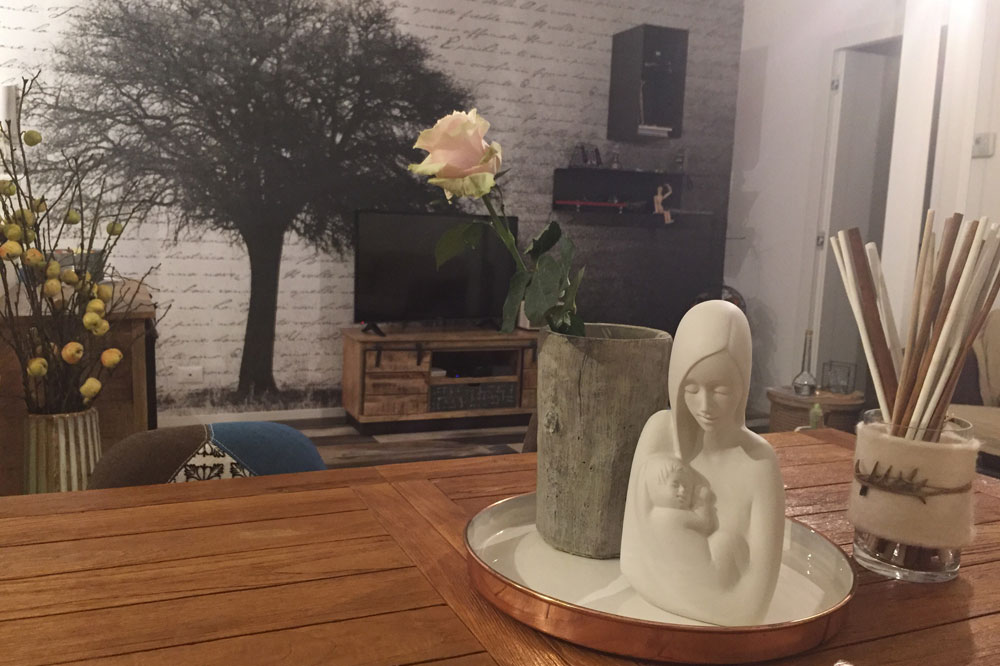
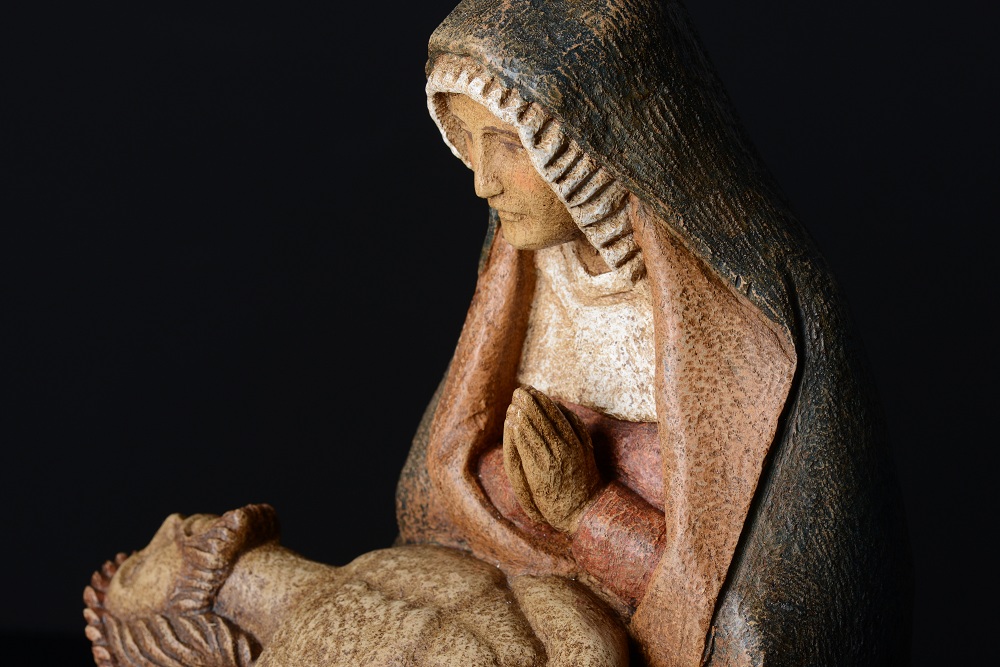
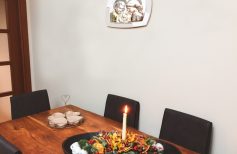

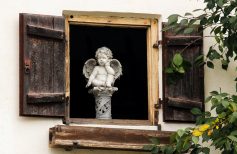
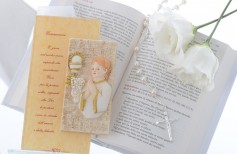
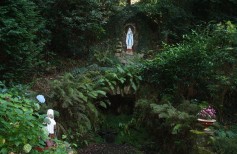
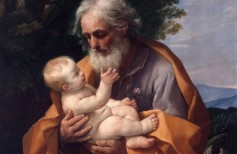
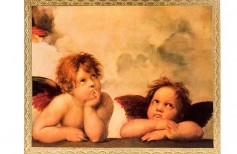
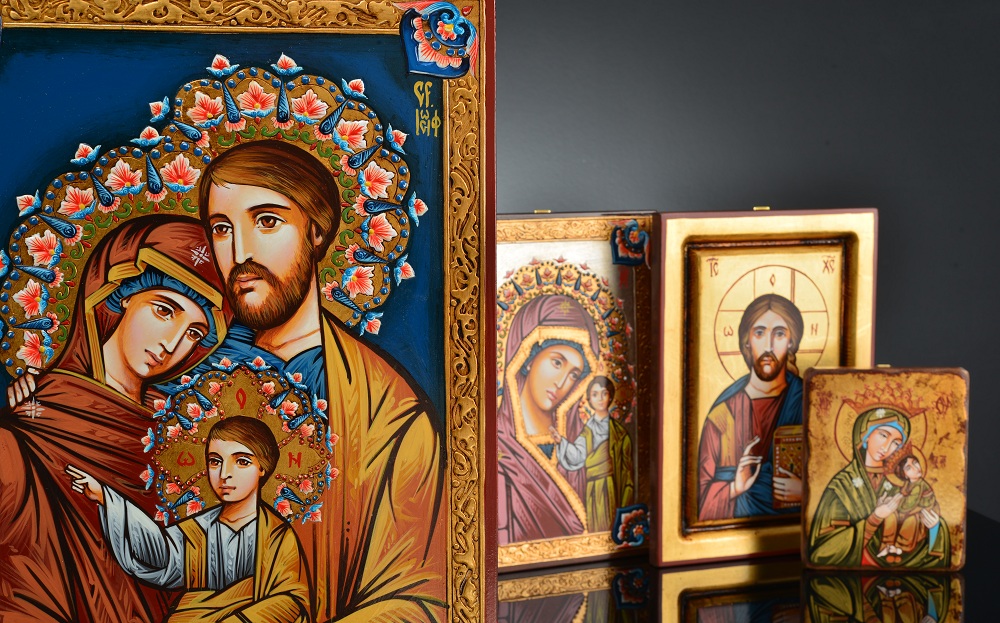






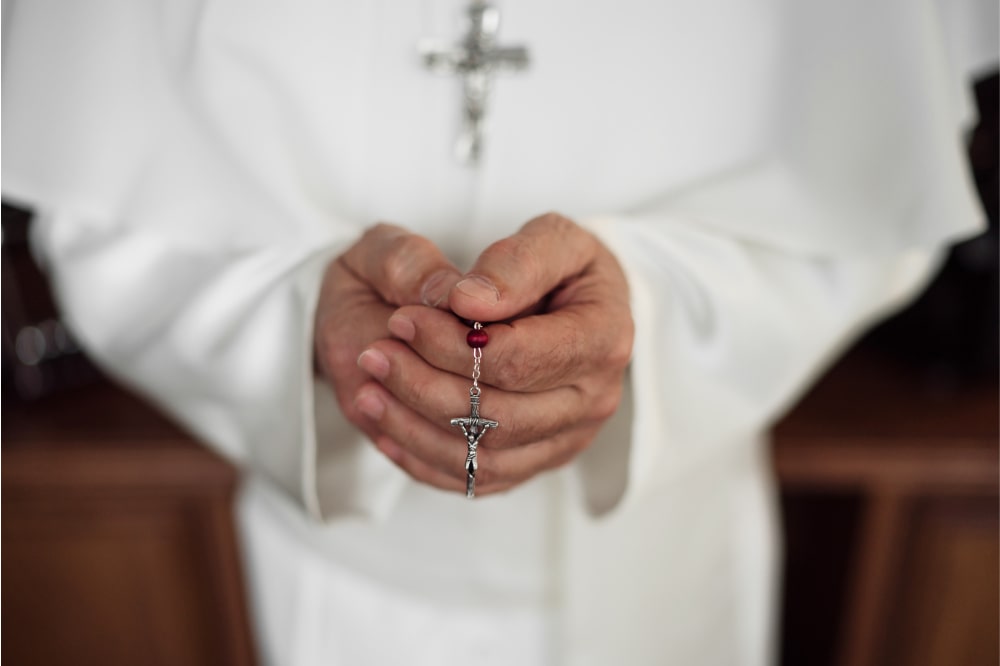
 5 June 2024
5 June 2024
